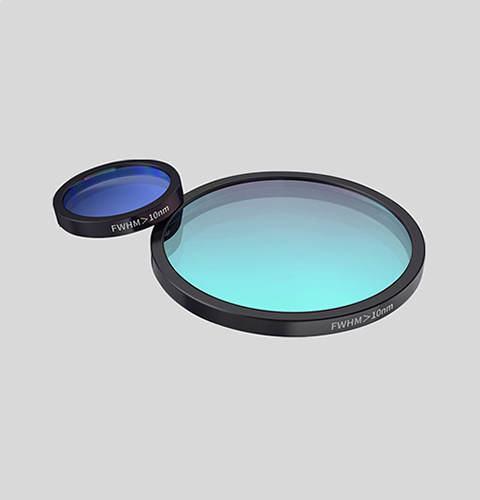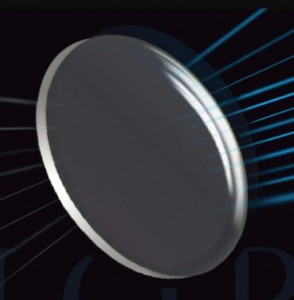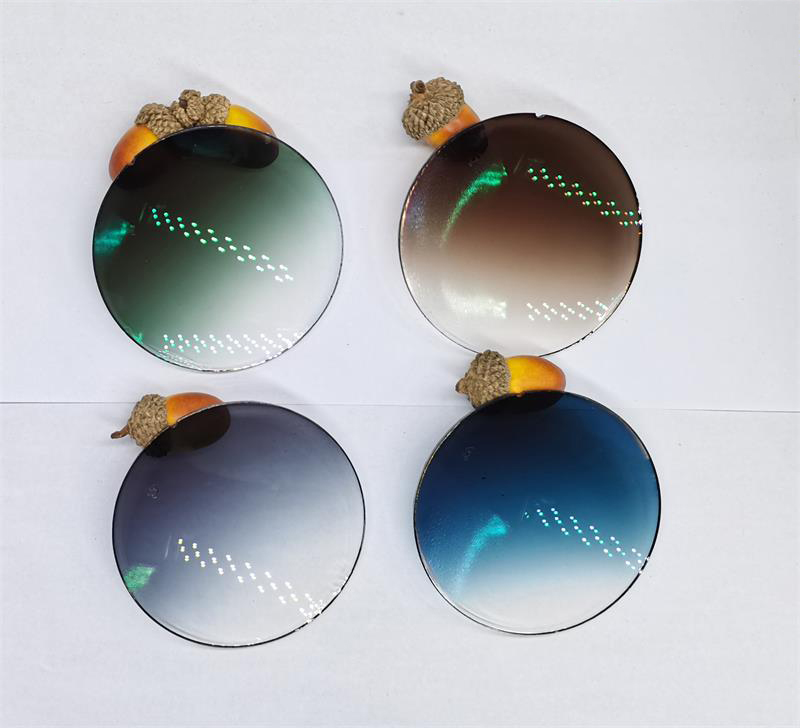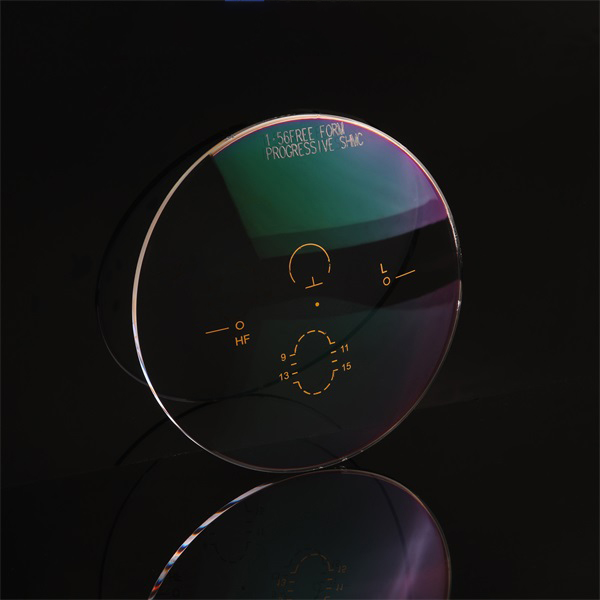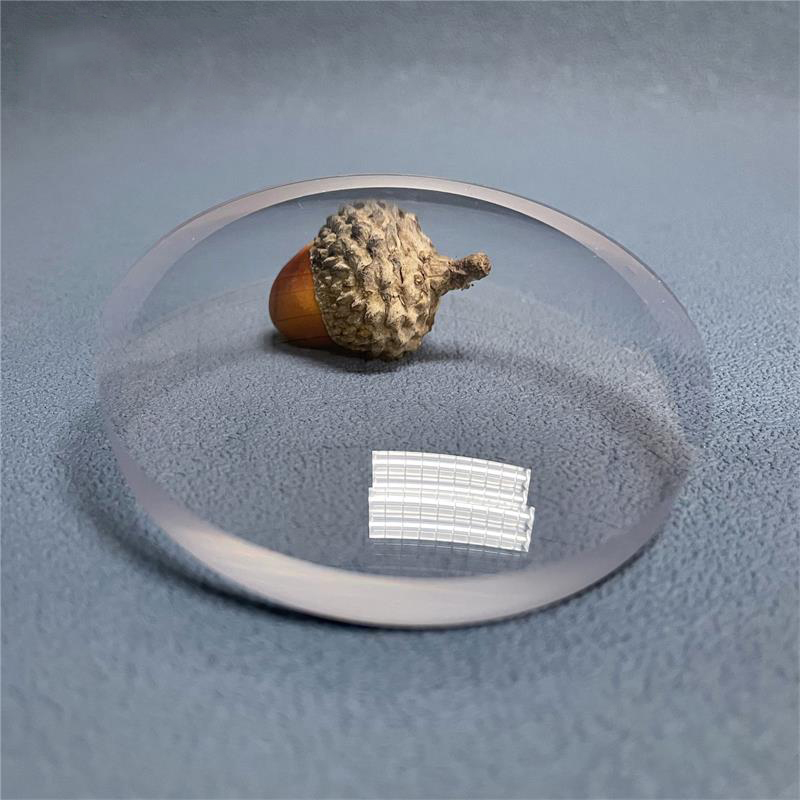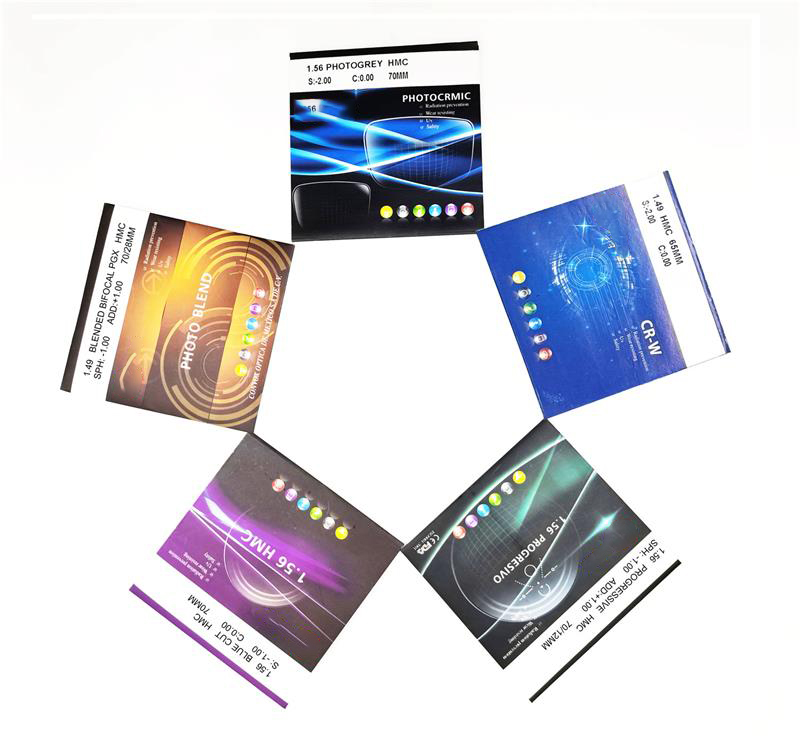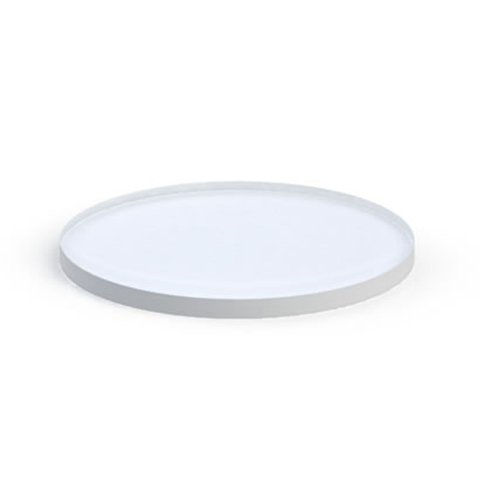Interference Bandpass Filters
Paralight Optics offers a diverse line-up of dielectric-coated spectral filters. Our hard-coated bandpass filters offer higher transmission and are more durable and longer-lasting than our soft-coated bandpass filters. The high-performance edgepass filters include both long- and short-pass options. Notch filters, also known as band-stop or band-rejection filters, are useful in applications where one needs to block light from a laser. We also offer dichroic mirrors and beamsplitters.
Interference bandpass filters are used to pass certain narrow wavelength bands with high transmission and block unwanted light. The pass band can be very narrow such as 10 nm or very wide depending on your specific application. Rejection bands are deeply blocked with OD from 3 to 5 or even more. Our line of interference bandpass filters covers wavelength ranges from the ultraviolet to near infrared, including many types of primary laser, biomedical and analytical spectral lines. The filters are mounted in black anodized metal rings.
Parameters
Ranges & Tolerances
- Type
Interference Bandpass filter
- Materials
Glass in an Anodized Aluminum Ring
- Mounting Dimension Tolerance
+0.0/-0.2mm
- Thickness
< 10 mm
- CWL Tolerance
±2 nm
- FWHM (Full width at half maximum)
10 ± 2 nm
- Peak Transmission
> 45%
- Block
< 0.1% @ 200-1100 nm
- CWL Shift
< 0.02 nm/℃
- Surface Quality (scratch-dig)
80 – 50
- Clear Aperture
> 80%
